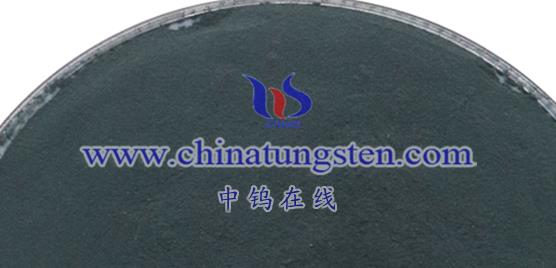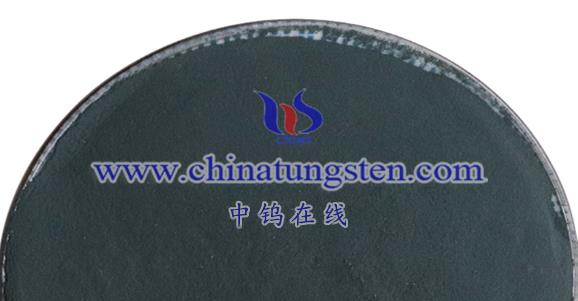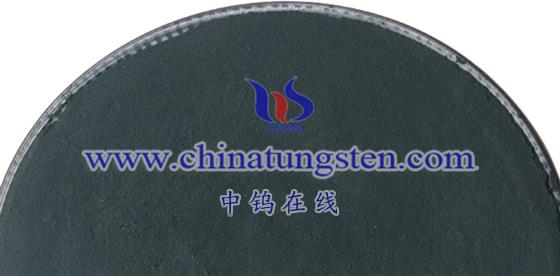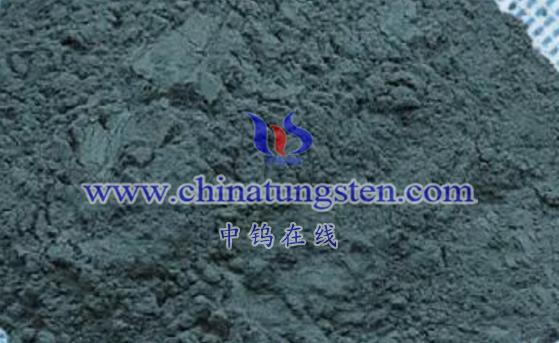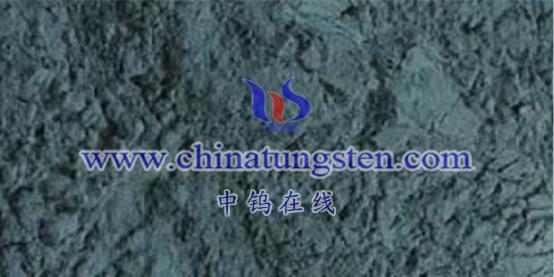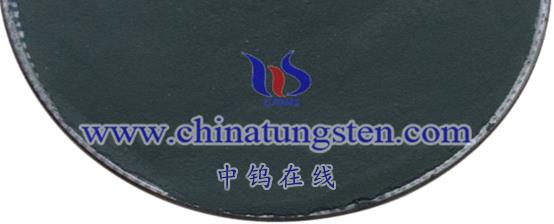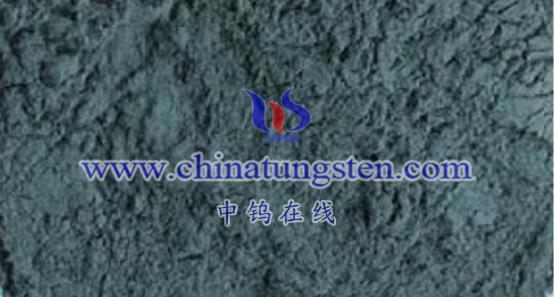
While tungsten oxide electrochromic thin films possess numerous advantages such as low operating voltage, low energy consumption, environmental friendliness, appealing visual effects, memory functions, a wide operating range, and ease of large-scale production, they also have some notable drawbacks. Here’s a detailed summary of their disadvantages:
- Limited Reversibility
The color recovery capability of tungsten oxide electrochromic thin films may gradually decrease after multiple color-changing cycles, resulting in a color change effect that is not as vibrant as in the initial state. This decline could be related to the internal ion and electron transport mechanisms of the film. As the number of uses increases, the microstructure within the film may change, affecting the efficiency of ion injection and extraction.
- Relatively Long Response Time
After applying or removing voltage, tungsten oxide electrochromic thin films require a certain amount of time to completely change color or return to their original color. This delay is mainly due to the limited speed of ion and electron transport within the film, as well as factors such as film thickness and density, which influence transport speed.
- Insufficient Environmental Stability
The performance stability of tungsten oxide electrochromic thin films may be affected by varying environmental conditions, such as temperature, humidity, and light exposure. Changes in these environmental factors can lead to a deterioration or failure of the color change effect. Environmental factors can alter the rates of chemical reactions and ion transport mechanisms within the film, thereby impacting its electrochromic performance.
- Complex and Costly Fabrication Process
The preparation of tungsten oxide electrochromic thin films involves multiple steps and complex processing conditions, requiring high-precision equipment and materials, which results in high production costs. To obtain high-quality tungsten oxide electrochromic thin films, various parameters during the fabrication process, such as temperature, pressure, and time, must be strictly controlled to ensure the quality and performance of the films.
- Uneven Color Change in Large-Area Devices
When applied to large-area devices, tungsten oxide electrochromic thin films may exhibit uneven color changes, where some areas of the film change color before others. This could be due to an uneven electric field applied to the film, leading to inconsistent transport speeds of ions and electrons. Additionally, the thickness and density of the film may also affect the efficiency of ion injection and extraction, resulting in uneven color changes.
Tungsten oxide electrochromic thin films have certain drawbacks in terms of reversibility, response time, environmental stability, fabrication complexity and cost, and uniformity of color change in large-area devices. To overcome these disadvantages and enhance their performance and application range, further research and optimization of their fabrication processes, material composition, and microstructures are needed.
More details of tungsten oxide product, please visit website: tungsten-oxide.com
Please contact CHINATUNGSTEN for inquiry and order of tungsten oxide:
Email: sales@chinatungsten.com
Tel.: 86 592 5129595
